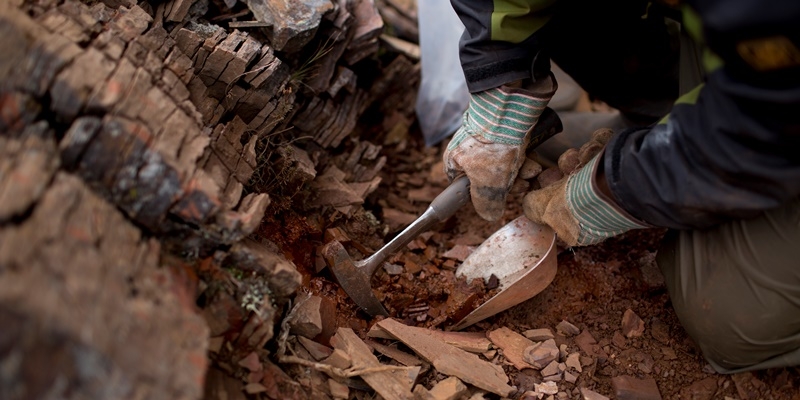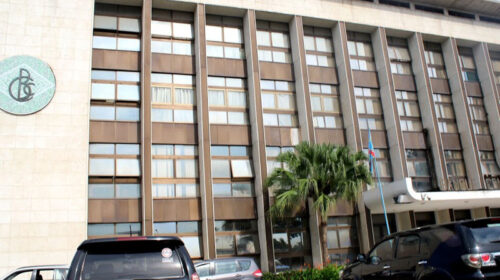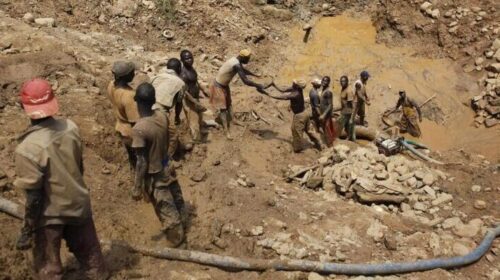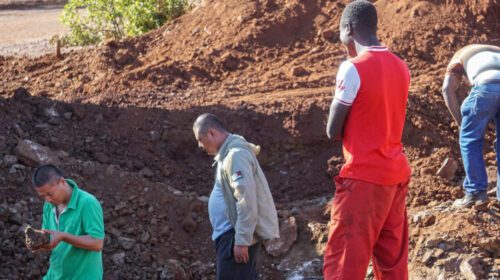Exploring the DRC’s Mining Potential
With an estimated US$24 trillion in untapped deposits of cobalt, diamonds, gold, copper, and other minerals, the Democratic Republic of Congo (DRC) emerges as a key investment destination, attracting a multitude of companies operating across the country.
As the world’s largest producer of copper, the DRC possesses some of the richest copper belts globally. It also takes the crown as the biggest producer of cobalt and the second-largest producer of diamonds.
Additionally, the country boasts abundant reserves of gold, zinc, tin, and potash. Mining in the DRC encompasses both large international mining houses and artisanal and small-scale mining companies (ASM).
What makes the DRC an invaluable investment hub? According to the Chamber of Mines DRC, mining has long served as the backbone of the country’s economic activity.
Since gaining independence in 1960, the extraction of minerals, including copper and diamonds, has been the bedrock of the formal economy. Presently, mining accounts for nine-tenths of the DRC’s total exports. “The DRC has experienced a ‘real recovery’ in the production of mining resources in the space of a few years. The annual production of the DRC has gone from 10 thousand tons to nearly 1 million,” says Louis Watum, President of the Chamber of Mines, DRC.
As of 2019, the DRC represented the world’s third-largest producer of industrial diamonds, contributing around 21% of global production.
Global mining companies continue to be drawn to the DRC’s copper resources, primarily along the copper belt that traverses the country’s southern region. Moreover, the limestone deposits found throughout the DRC are some of the most abundant in Africa.
The DRC’s Role in Global Decarbonization
Today, as one of the world’s largest producers of green metals, the DRC plays a significant role in the global economy’s decarbonization efforts.
A critical resource in this context is cobalt, a key ingredient used in various technological applications and as a component in electric vehicle (EV) batteries.
The DRC’s copper resources continue to attract global attention from international mining companies, primarily along the copper belt in the southern part of the country. As electrification continues to sweep across the globe, the demand for cobalt is on the rise.
With the DRC accounting for approximately 75% of the global cobalt supply, the industry is well-positioned to capitalize on this shift. However, industry-wide improvements are necessary, given that a significant portion of Congolese cobalt production is undertaken by ASM operations, which often face safety and human rights challenges.
The mining sector in the DRC serves as a vital economic driver at the intersection of industrial, residential, and agricultural development, as the country undergoes rapid urbanization.
It generates thousands of jobs, enhances the lives of local communities by improving access to primary healthcare, education, and food security, and empowers local talent, both through business-based employment opportunities and infrastructure development such as roads, railways, hydropower stations, or ports. Furthermore, it significantly contributes to the state’s revenue and remains the primary driver of the country’s economic growth.
![]()





